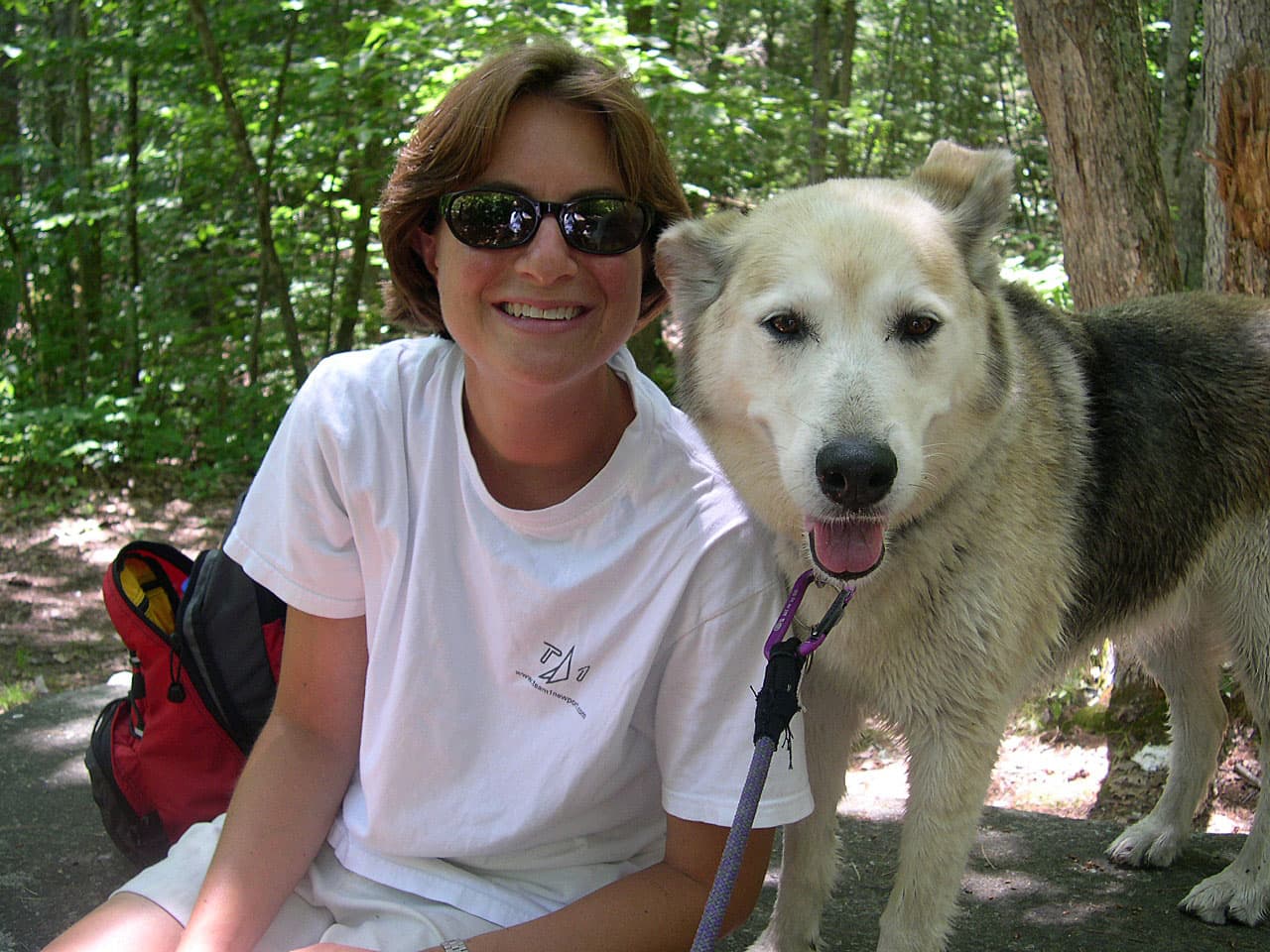Camping with Your Canine
OutdoorHub Staff 08.26.16

Going camping with your four-legged friend can be an immensely enjoyable experience – if your pet is suited to such adventures, that is, and you’ve done your homework.
The first thing to consider is whether the pup will be a good campmate. If your dog is easily excitable, aggressive, prone to barking, a wanderer, or high-maintenance in any way, it might be better for the dog – and you – to drop him or her off at the doggy spa on your way to the campground.
Don’t despair, however, if your buddy exhibits some of these traits because unwanted behavior is often the result of stress, and stress can be brought on by exposure to unfamiliar surroundings. If you want to make your pup a regular campmate, it might require practice in the form of a few backyard camping trips, nature hikes, or even a day-trip or two to the local campground.
Aggressiveness is a deal-breaker, though; if your dog shows aggression toward people or other animals (wild or domestic), it has no place in a campground.
Can You Hear Me Now?
It’s also helpful if your dog is a good listener, meaning it responds immediately to your voice commands. Despite what so many pet-food manufacturers seem to want you to believe, your dog is not a child, and it’s perfectly okay to demand instant response to a command. It might even save your pet’s life someday.
For example, a “stop” command instructs the dog to halt immediately, and not to move until released with another verbal command. The list where this command could save your dog from injury is too long to itemize, but you get the idea. Bird dog trainers use the word “whoa,” and it’s probably a good choice as you’re not apt to use it accidentally.
Other important commands:
Leave it – don’t mess with that, whether it’s a gum wrapper or a flaming marshmallow. If the pup already has the object in its mouth, it should drop it immediately.
Come – obvious. Some dog trainers even have a “reliable recall command,” and may use a special word for it. Upon the command, your dog should come to you – no matter what.
Drop – lie down and stay there until I say so.
Release – the command that dissolves the “whoa” or “drop” command.
Let’s go – we’re moving, so snap-to.
A bathroom command is also useful. Choose your own words, but “hurry up” or “better go now,” are commonly used. It signals the dog to do its duty without spending 20 minutes looking for the perfect spot.
The goal of all this, of course, is to ensure that your dog is under your control at all times so as not to intrude on your neighbor’s solitude. And the successful use of voice commands is less stressful on you and your furry camping buddy.
Canine Camping Supplies
Packing for your pet is important, too. Besides a supply of kibble and a supper dish, make sure you have the following:
- Lots of clean water, or access to it. Puddles and ponds are often contaminated with stuff that could harm your dog.
- Sturdy collar and I.D. tags. Consider having your dog “chipped,” too. The tiny electronic implant will help facilitate your buddy’s safe return if you become separated.
- 6-foot walking leash.
- Crate, portable kennel, or a 15-foot tie-rope.
- Bedding
- Pet waste bags
- Grooming brush, to remove burrs etc.
- Tick Pick. Wood ticks are easily seen, but deer ticks that can carry Lyme disease are not. It’s especially advisable to put any outdoor dog on heartworm and tick/flea preventative medications.
- Vaccination certificate and any other medical paperwork. On some public lands, vaccination documentation is required.
When it comes to first-aid, the gear you have in your camping first-aid kit will work for your dog as well, but talk to your veterinarian about pain-relief medications. While foot-pad injuries are most common, your dog could also strain a muscle or suffer a bruise. Your vet can recommend a pain reliever for the day or two it takes to recoup.
Finally, keep a close eye on your camping companion, especially if the weather is warm. Dogs don’t sweat, and can succumb to heat exhaustion just like a human. Make sure there’s plenty of shade available, or bring it with you in the form of a tarp or other portable shading device. And, again, make sure you have access to plenty of cool, fresh water. Your dog’s well-being depends on it.

